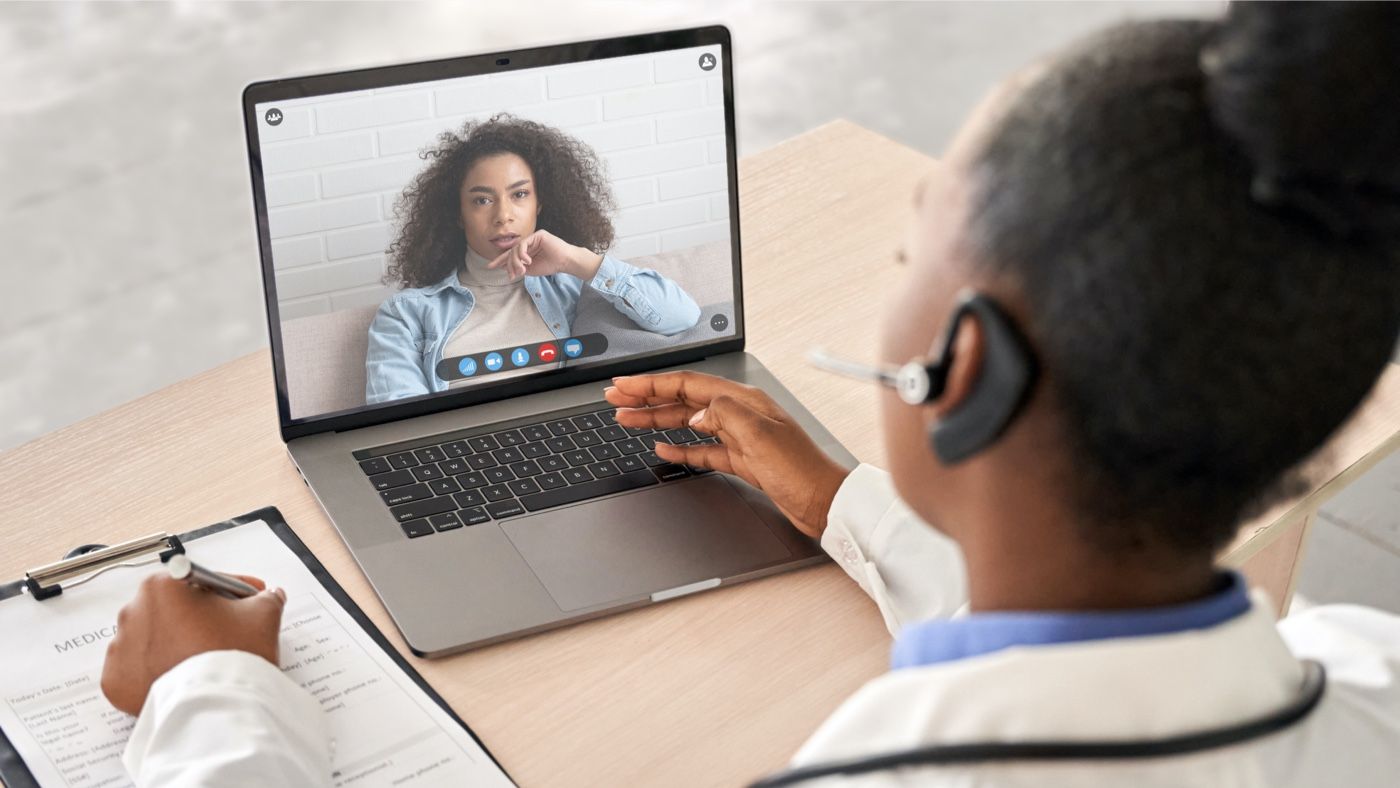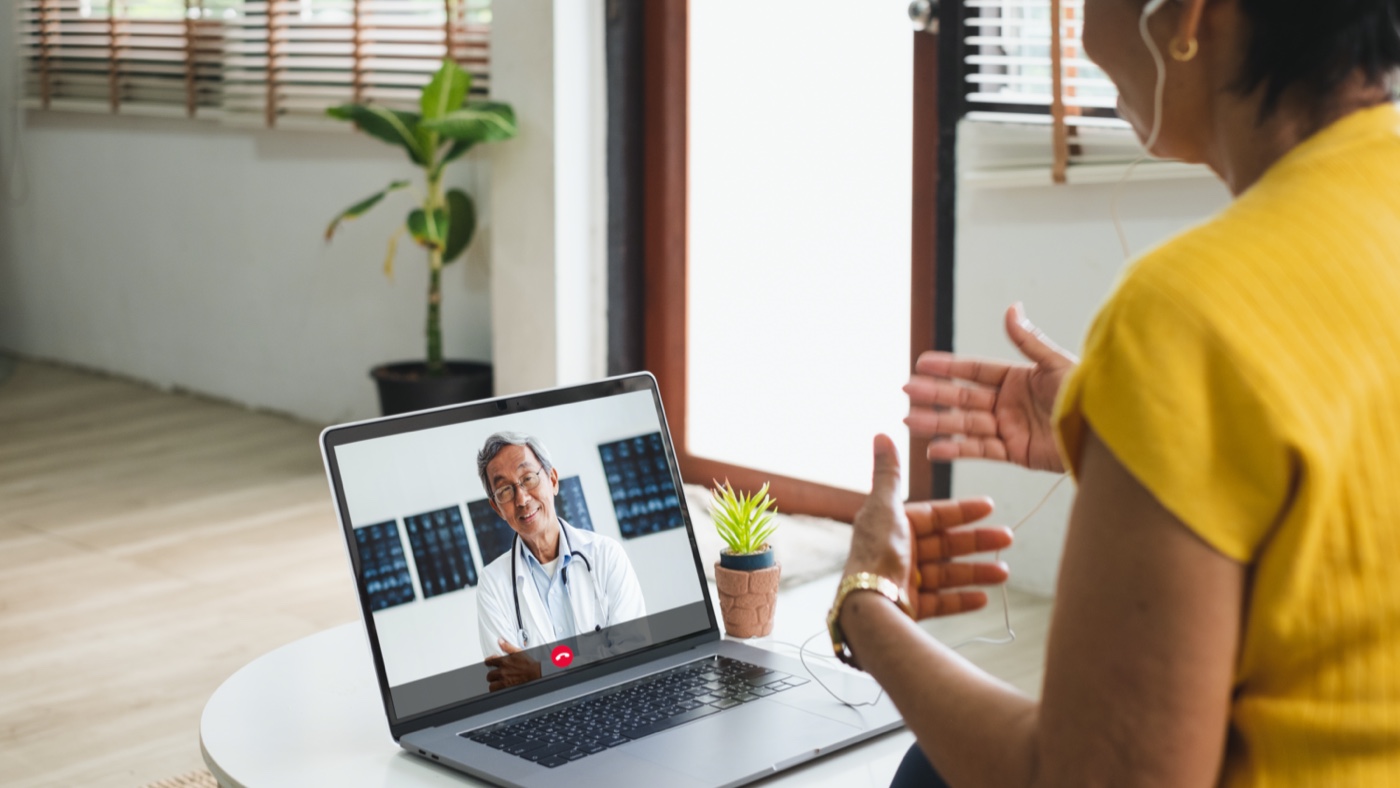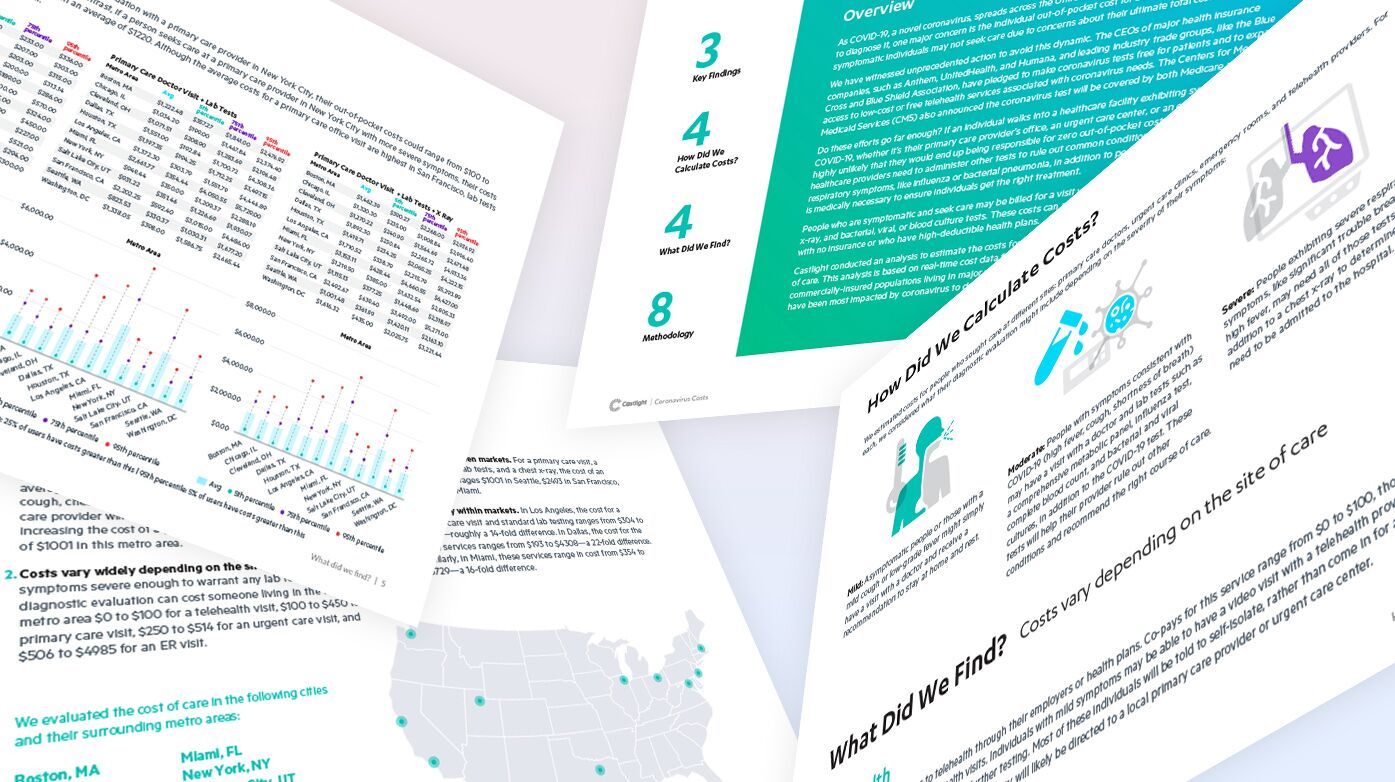In addition to the direct effects of COVID-19, namely the hundreds of millions of people who have succumbed to the virus or been infected and recovered, the pandemic has had countless secondary impacts. In a recent study published in the American Journal of Preventive Medicine, researchers from RAND Corporation and Castlight Health found that the pandemic has drastically changed the way many people in the United States receive care.
Leveraging Castlight claims data from more than 200 employers across all 50 states, RAND compared the utilization of telemedicine — both video and phone — and in-office patient visits from before and after March 13, 2020, which is when the U.S. officially declared COVID-19 a national emergency.
Despite Telehealth Increases, In-Office and Total Visits Decreased
The analysis showed that in the early days of the COVID-19 pandemic, telemedicine usage skyrocketed, increasing by 20 times, and the number of in-office patient visits decreased by 50%. However, it’s critical to note that the large upswing in telehealth did not offset the decline in office-based visits. There are many people who aren’t receiving the care they need.
For example, for adults aged 46 and above, telemedicine encounters increased from a rate of 2.8 to 121.4 per 10,000 eligible population while office-based visits decreased from 793.3 to 538.4 per 10,000 population. Overall, the total number of patient encounters for this age group decreased by a rate of 136.3 per 10,000 population, despite the huge surge in telehealth utilization.
Telehealth Growth Was Unequal Across Population Segments
This research exposed glaring disparities in telehealth use. Telehealth visits were higher for patients in counties with the lowest rates of poverty versus counties with the highest, patients who live in metropolitan areas versus rural, and adult patients versus children between the ages of 0 and 12. In short, telemedicine increased the most among adults who are wealthy and/or live in urban areas.
The fact that employees who live in higher areas of poverty were less likely or able to adopt telemedicine is especially concerning considering low-wage workers tend to be the sickest, meaning they’re most at risk and in need of care. “Employers have an opportunity to help by ensuring that vulnerable populations are aware of telehealth programs and making access to telehealth resources as easy as possible for employees who live in rural areas and counties with higher poverty levels,” says Castlight Chief Medical Officer Dr. Dena Bravata. “These populations may also benefit from the ability to engage with clinical care experts to make sure that their individual needs are being met.”
Office-based visits are increasing as more people receive the COVID-19 vaccine and life “returns to normal.” However, the adoption of telehealth has highlighted the potential of virtual care. “Telehealth has historically been used for tele-urgent care. To enable virtual primary and specialty care, we must arm providers with actionable patient data including information about relevant employer-sponsored benefits and high-quality provider networks required for referral management,” Bravata says.
Castlight’s Approach
Castlight is committed to using these insights to better help all of our customers, their employees, and employees’ families. Our personalization engine allows us to send targeted messages to specific segments of a population, such as those who live in a certain zip code or have not visited a primary care physician within the last year, and we are continuously collaborating with customers to make sure all members of their workforce are aware of and able to access and utilize every aspect of their health benefits program.
During the second half of 2020, we launched an aggressive outreach campaign that focused on continued support for our existing offerings, access to care during the pandemic, and our COVID-19 resource center, which was built with personalized resources such as telemedicine and employee assistance program (EAP) details. We conducted personalized clinical outreach to a number of population segments, such as those at risk for behavioral health issues, those who are missing a prescription, and those who have missed doctor appointments.
The results of this campaign were encouraging. The initial email drove more than 50,000 logins, EAP utilization jumped by 25%, behavioral health program usage went up by 50%, and Castlight’s monthly active users increased by 12% when compared to the same time last year.


